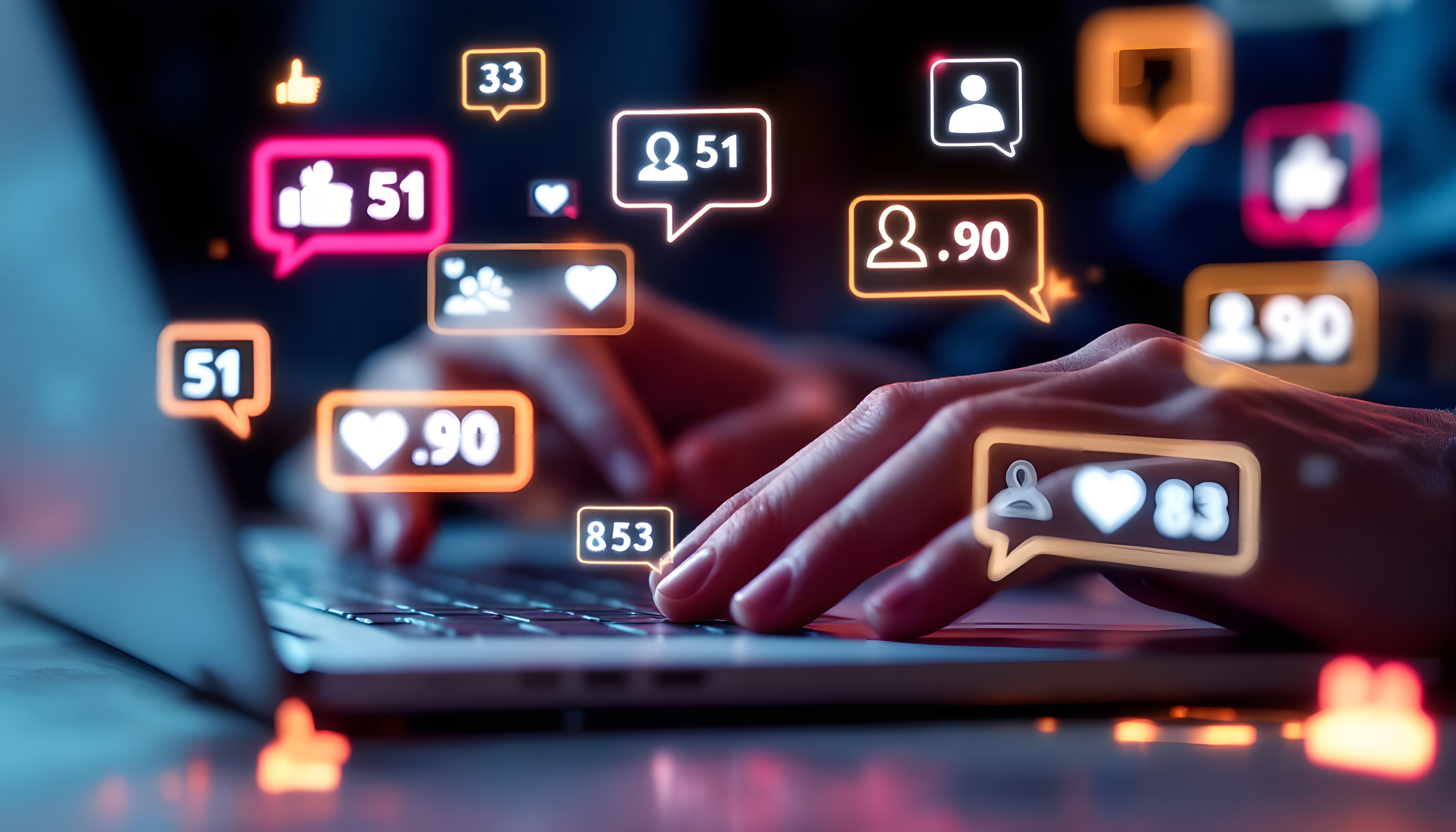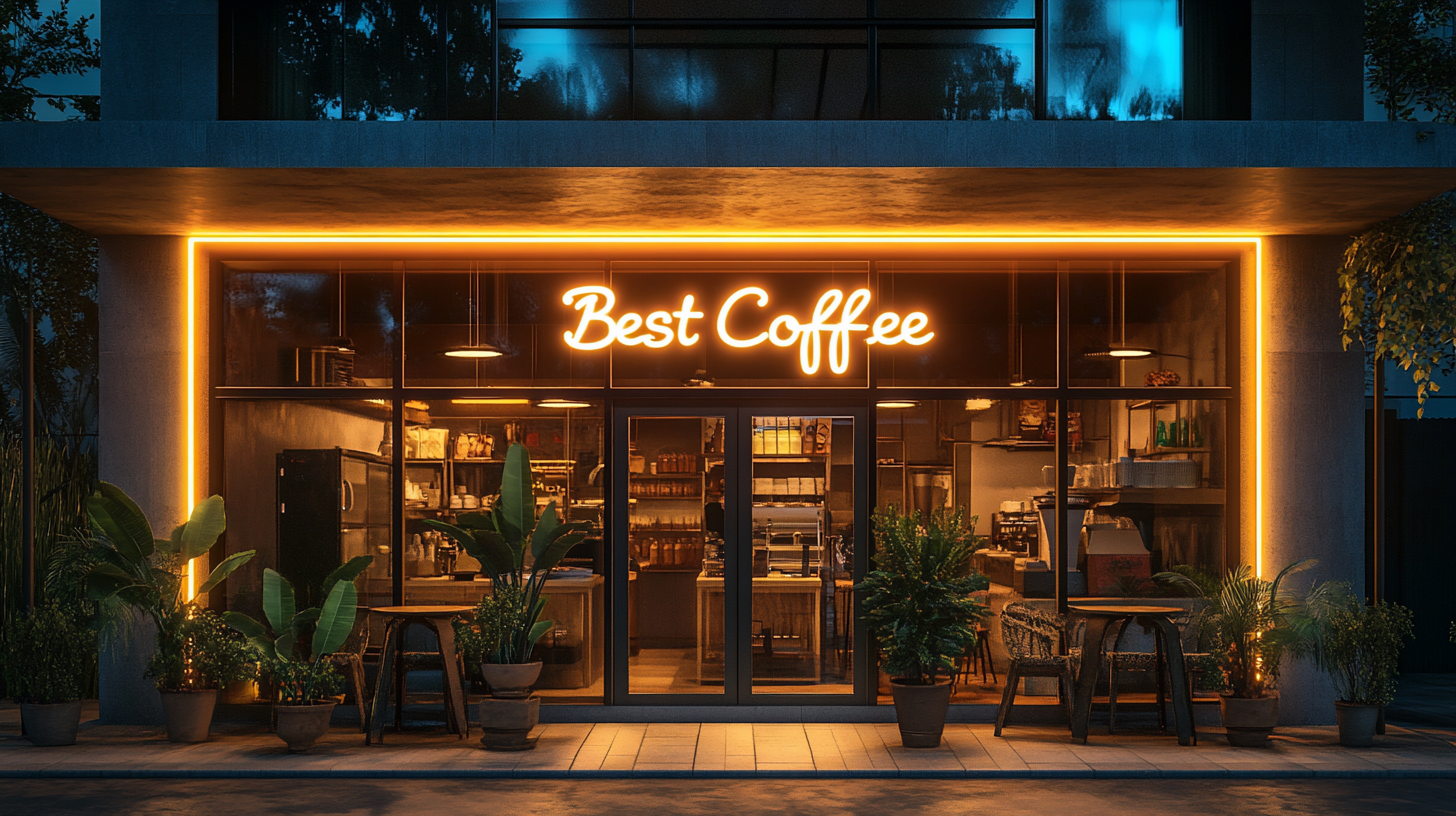Improve Efficiency with AI in Restaurants. Here's How.
When it comes to artificial intelligence (AI) in restaurants, visions of robot waiters and computerized employees commonly come to mind.
While robotic “employees” aren’t that far from reality (more on that later), that’s not the only way we’ve seen the use of AI in restaurants. With a surge of tech-forward trends predicted in 2024 and beyond – and the massive range of efficiencies AI offers restaurateurs – the AI in restaurants movement is just getting started.
Once you know what AI is, of course.
A Brief Overview of AI
You’ve probably heard “AI” said more than your own name in the past year, but its buzzword status is for good reason: AI is really, really cool.
According to TechTarget, AI is defined as “the simulation of human intelligence processes by machines, especially computer systems.”
It works by “ingesting large amounts of labeled training data,” looking for trends and patterns, and using that information to make predictions. It then uses those predictions to “learn” how to do certain tasks… sometimes even better than humans.
So, in other words?
AI is a human-created, computer-and-data-powered system that helps people solve problems better, faster, and easier than before. Including people who own restaurants.
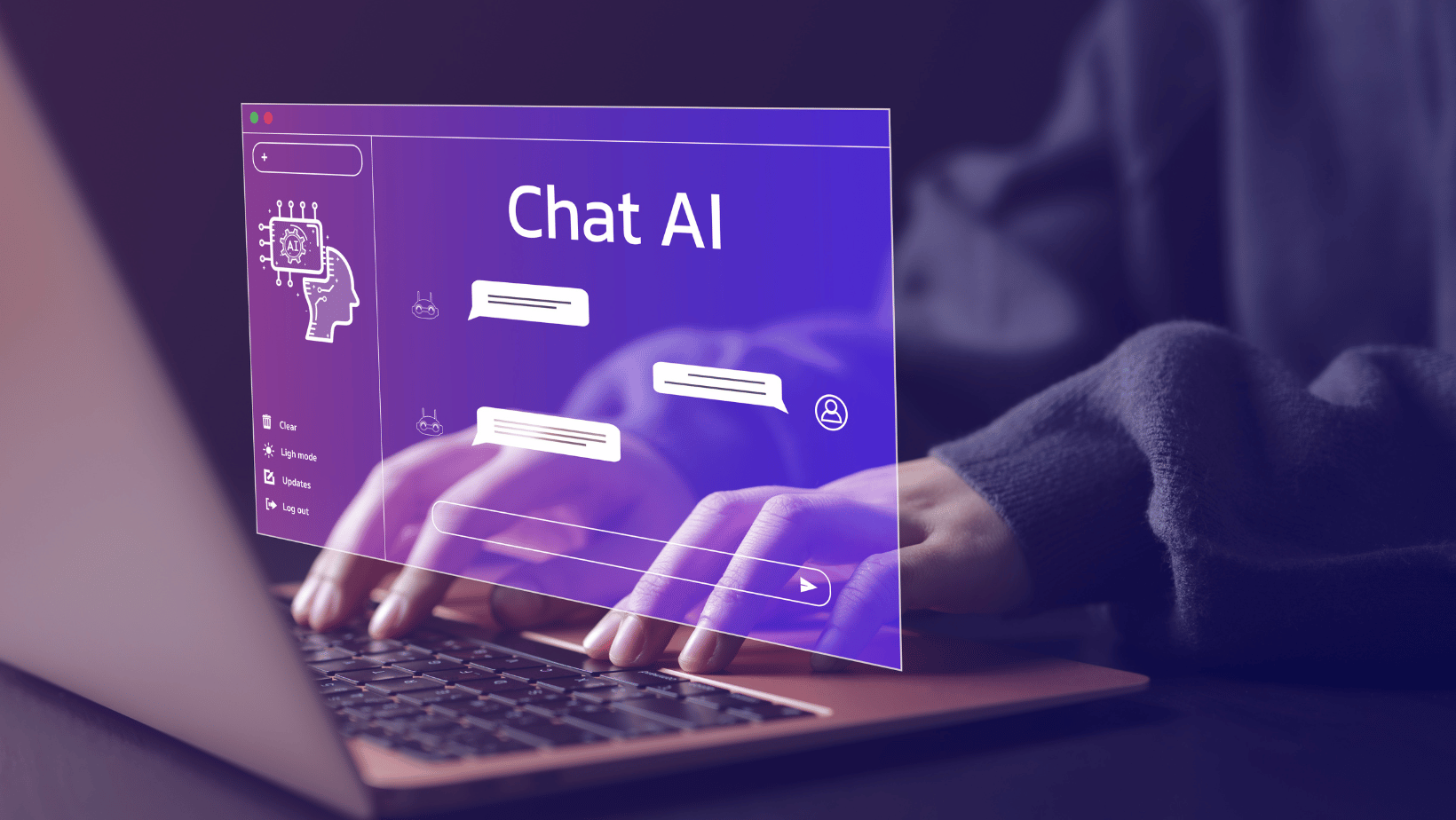
Using AI in Restaurants
Seeing AI in restaurants used to feel like a thing of the far (far) future. But, whether you knew it was there or not, we’ve had AI in restaurants for a while.
Big names like Domino’s Pizza and Starbucks have been using AI in their restaurants since 2014 and 2020, respectively. But smaller restaurants have been hopping on the AI train, too, with recent surveys reflecting an industry-wide shift to tech-forward solutions.
In 2021, Lightspeed surveyed 8,000+ restaurant industry professionals, from owners and operators to managers and guests. The survey looked at shifting perspectives of the restaurant industry, including how more and more operators were using “automation to save time and streamline operations”... which is up to 45% of fast-casual restaurants in the United States!
So, what does AI in restaurants look like now?
That’s a good question… but we’ve got an even better one.
What doesn’t AI in restaurants look like now?
From helping front-of-house staff with faster, more accurate orders to helping back-of-house staff track inventory and scheduling needs, AI in restaurants is creating efficiencies that we only would have dreamed of a decade ago.
Let’s get into it.
AI Efficiencies in Restaurant Front-of-House
Front-of-house employees have a ton of “busy” work on their plates, juggling competing priorities on every shift. But, when thinking about AI in restaurants, that means tons of opportunities to streamline your staff’s day-to-day tasks with AI-powered efficiencies.
1. Taking Orders and Improving Order Accuracy
Human error in the restaurant industry can cost businesses a whopping $9,000 per month. And, the truth is that mistakes are inevitable, because humans are… well, human. The nice thing about AI in restaurants is that it helps us take human error out of the ordering equation (while freeing up humans to do other helpful things). White Castle has been testing an AI bot named Julia in their drive-thru, reporting both a 90% accuracy rate, and an overwhelmingly positive response from employees using the AI, too.
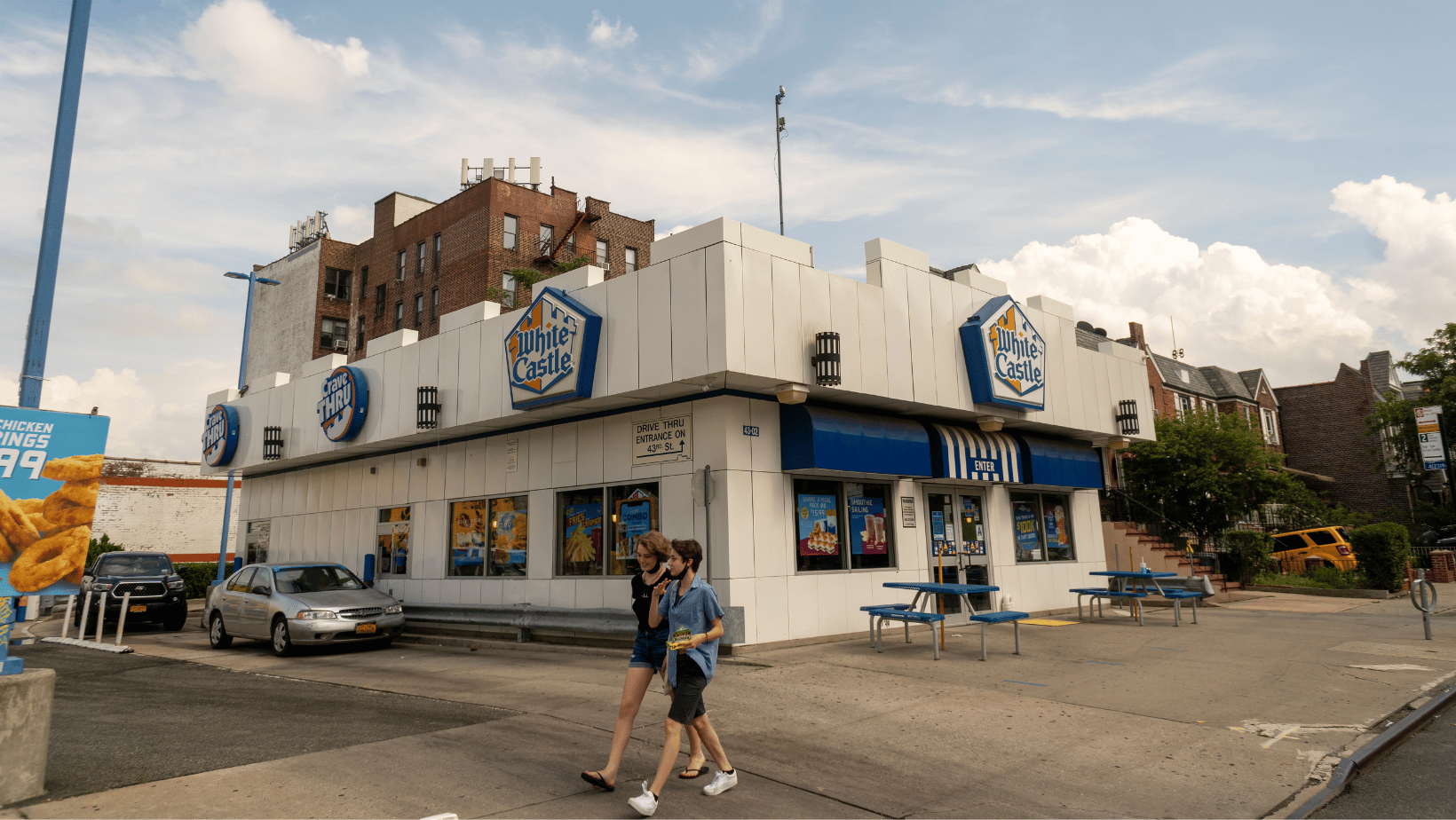
2. Increasing Speed of Service
Increasing the speed of service is another solution we’re seeing by adding AI in restaurants. So, while “robotic” employees may seem like the plot of a sci-fi movie, it’s a time-saving reality for restaurants like Zaucer Pizza. Zaucer’s “artificial intelligence-equipped pizza-making platform” makes up to 300 pizzas an hour, the equivalent of “5 or 6 people” giving their 110%, says CEO Aaron Roberts. AI-powered restaurant solutions like kiosks can also slash guest wait times, speeding up everything from tapping in an order to processing a payment.
3. Customer Service Automation
Did you know that 60% of customers won't wait on hold for more than 60 seconds? If you press "hold" on your FOH phone more than anything else, it’s a good time to consider an AI customer service solution like Domino’s. “Dom,” Domino’s AI voice assistant, has been helping guests since 2014, placing the orders customers give by voice over the app. Voice assistant AI in restaurants is a multi-faceted solution, offering other efficiencies like answering FAQs or adding guests to a waitlist, too!
AI Efficiencies in Restaurant Back-of-House
Back-of-house employees might do all their work behind the scenes, but that doesn’t mean they don’t have just as many tasks they’d gratefully relinquish to automation. Bringing AI to restaurants helps back-of-house staff with their daily tasks just as much as front-of-house!
1. Forecasting Inventory & Purchasing
Ever realize you’re out of cheddar right after 5 grilled cheese orders come in? That doesn’t happen when you’ve got AI in your restaurant. In 2022, Chipotle began testing a new inventory-monitoring AI system from PreciTaste. Using “sensors to monitor food pans in real time,” the AI system not only tracks the store’s inventory but also manages portion sizes. Yum! Brands, on the other hand, rely on an AI-powered “ordering module,” telling managers how much of each product they need to order every week. No more manual stock calculations!

2. Staffing & Scheduling
Leaning on AI for certain restaurant tasks hasn’t decreased the need for staff at all. In fact, some restaurants like White Castle have increased their staff recently, and AI in restaurants can help back-of-house staff manage those newly increased scheduling needs. By analyzing historical guest data – and using that information to predict traffic and demand – AI models can suggest staffing numbers in a way that perfectly balances labor costs and productivity. Chronic issues with over- or under-staffing? Not once you add AI to your restaurant.
3. Marketing
While AI in restaurants will never replace experienced marketing professionals (says the 100% human writer), it can help streamline marketing efforts like promotions, upselling, and personalization campaigns. AI platforms can easily send out emails or text messages about up-and-coming promotions while upselling products and add-ons in the same (artificial) breath. Deep Brew, Starbucks’ AI system, absolutely dominates the personalization game, giving customers always-updated recommendations… and the drinks basically sell themselves.
How to Get Started with AI in Restaurants
Now, to be clear, none of these tech-forward efficiencies mean that employees should be replaced with AI in restaurants — because they can’t be.
What it does mean is replacing time-consuming tasks with AI in restaurants, freeing up human employees to do what they do best: give guests that irreplaceable human-to-human experience.
Here’s how you can start adding AI to your restaurant with Craver.
1. Custom-Branded App
Craver apps are not only completely customized to your branding, but they also offer a ton of AI-powered benefits to your front- and back-of-house staff. By creating a custom-branded app, your guest's orders get sent straight to the kitchen, relieving your staff of taking orders manually so they can better focus on the guest experience. You can also leverage loyalty programs and push notifications to keep guests engaged while leaning on the power of personalization through single-tap re-ordering and saved preferences.
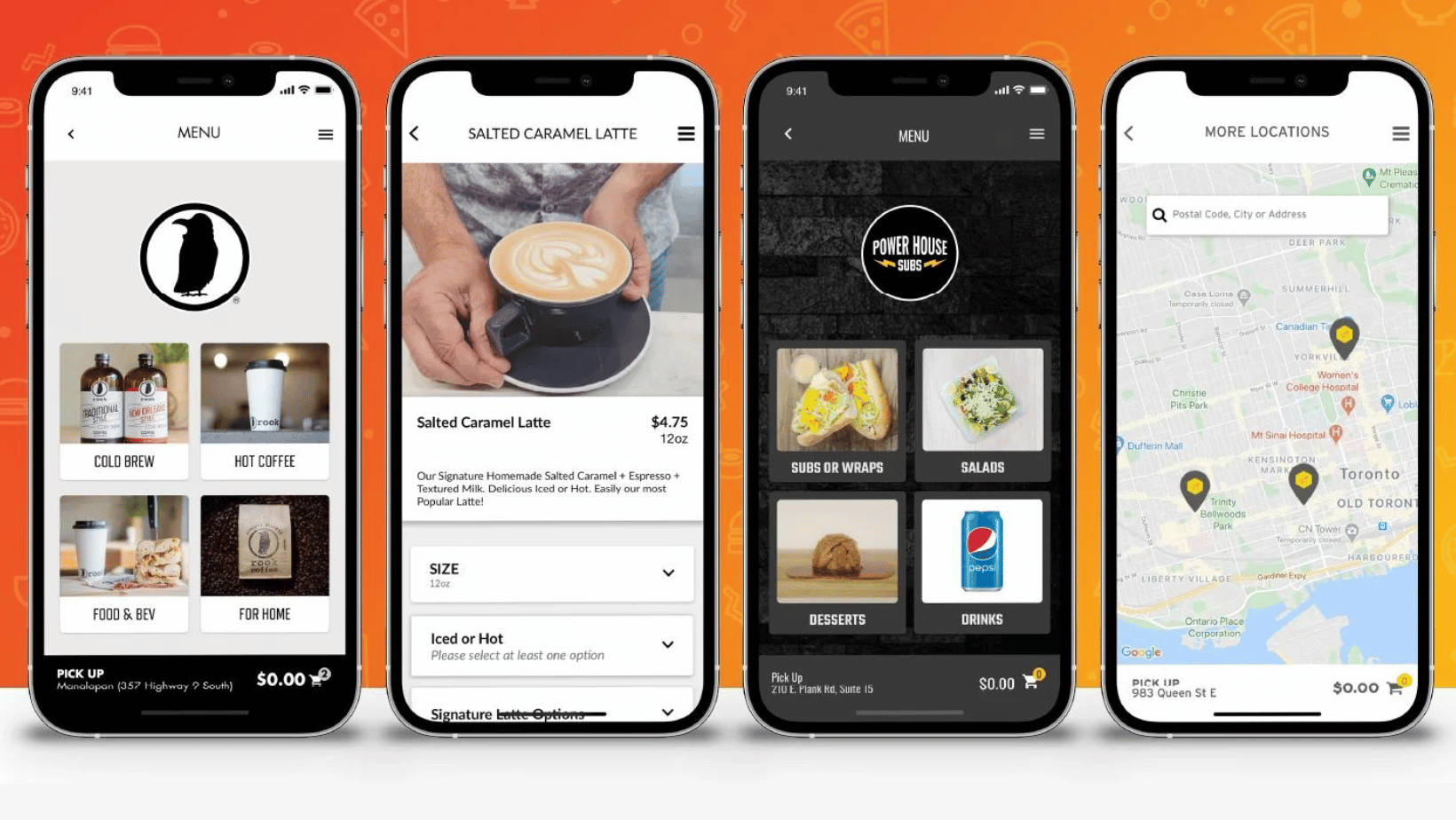
2. Self-Serve Kiosk
A Craver self-serve kiosk puts the power in your guest’s hands, allowing them to order at their own pace and dictate every part of their experience. And, when your guests can customize their orders in the hands-on, self-paced way that’s so characteristic of kiosks, nobody has to worry about holding up a line with substitutions or restrictions. Kiosks also free up labor hours for your staff, allowing them to use their unique capabilities for other restaurant tasks… like offering their stellar, impossible-to-replace customer service skills to guests.
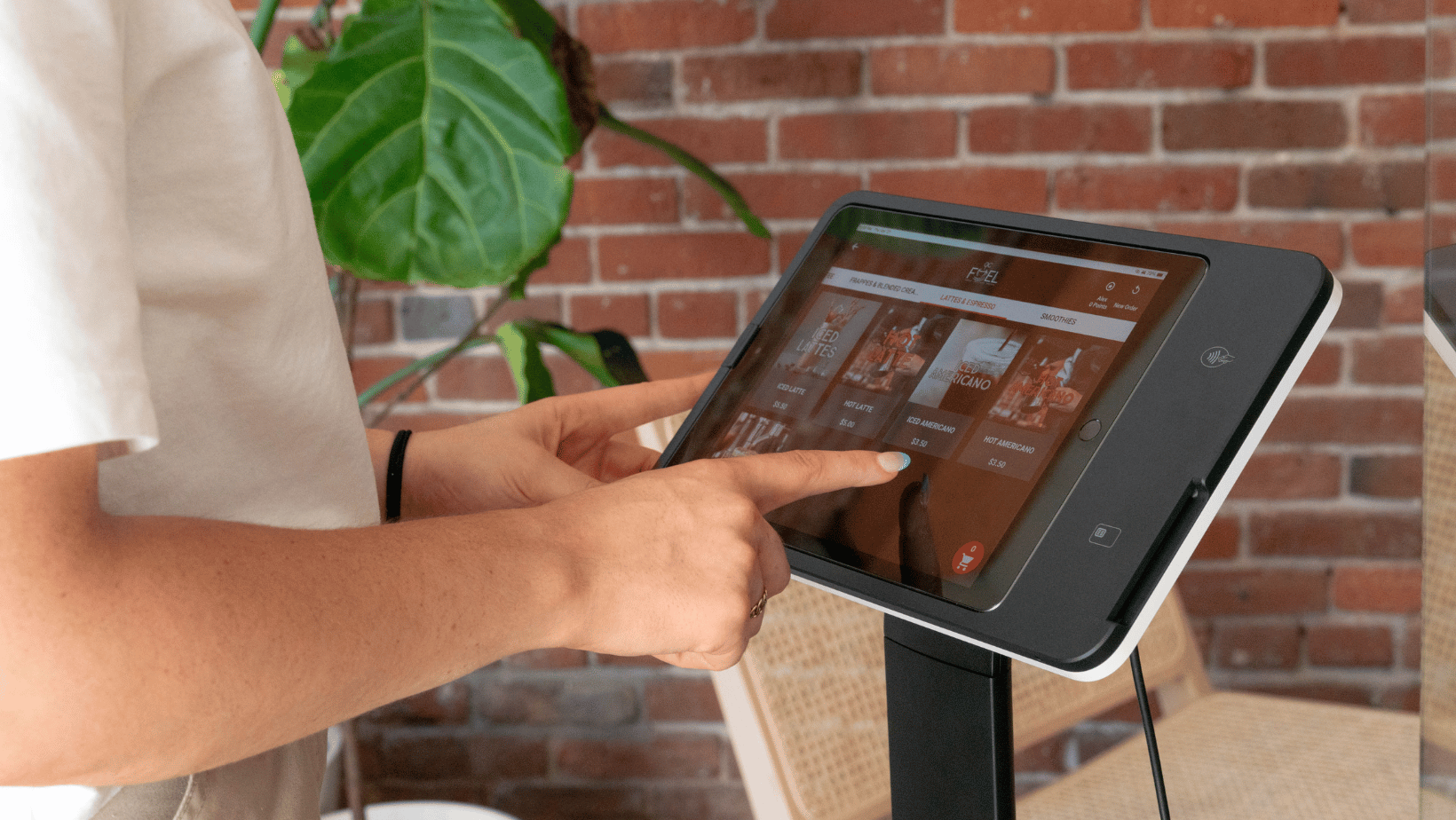
Wrap Up
There’s no doubt that AI in restaurants is becoming the rule, not the exception.
So, if you want a place in that tech-powered future, you have to make a choice.
Will you get your restaurant on the AI train headed towards the future?
Or will you be left behind in the manual-powered past?
The choice is yours.
And it’s an easy one with Craver.
.png?width=86&name=Untitled%20design%20(84).png)

